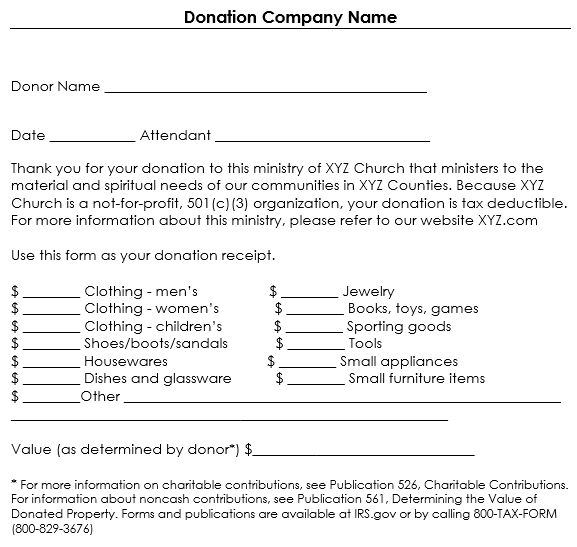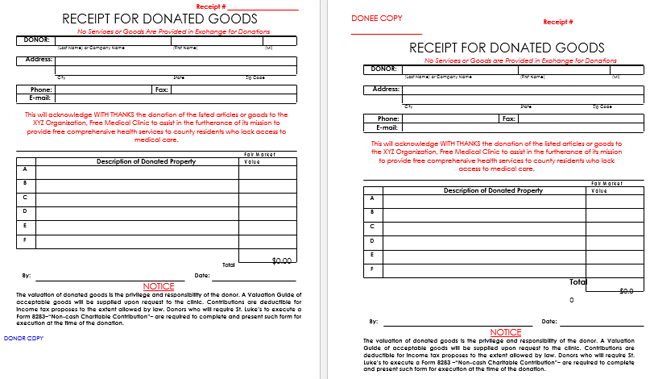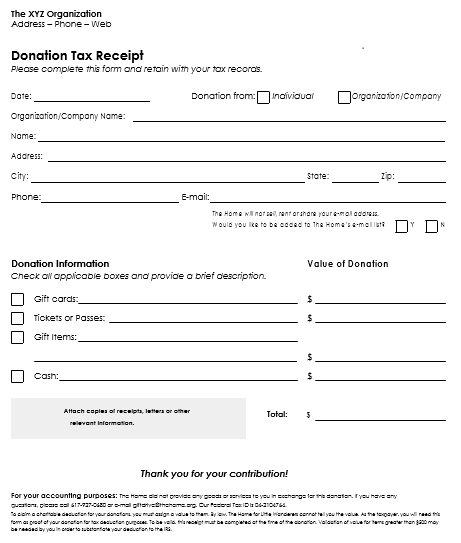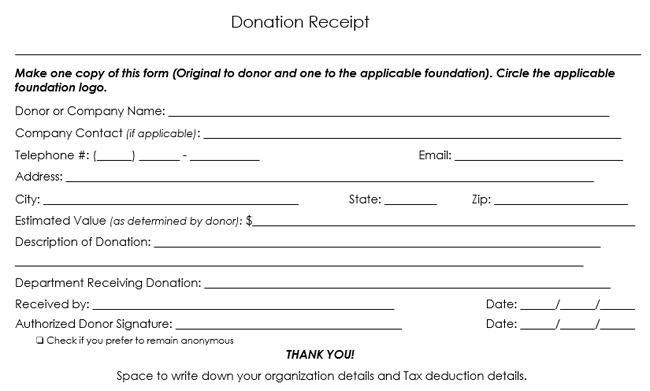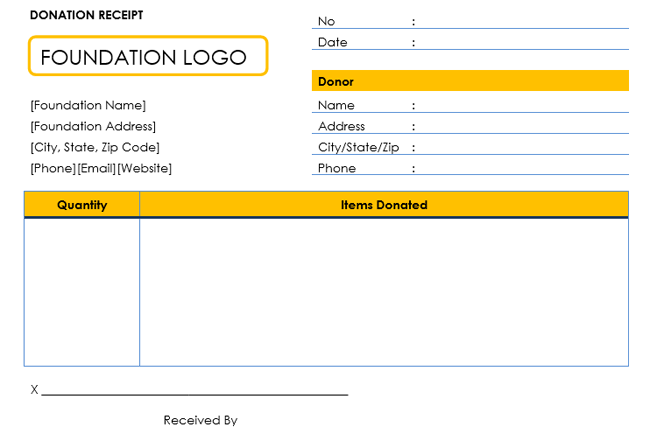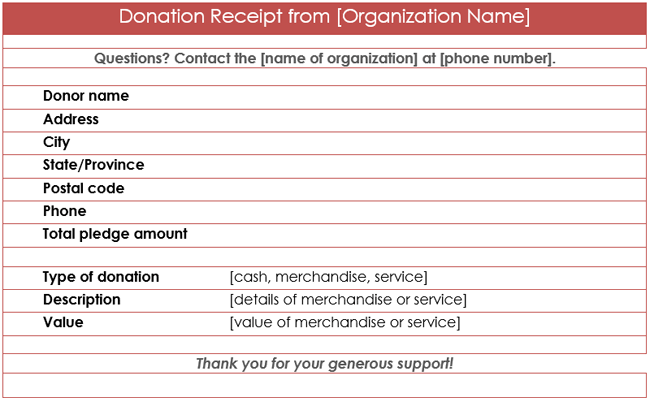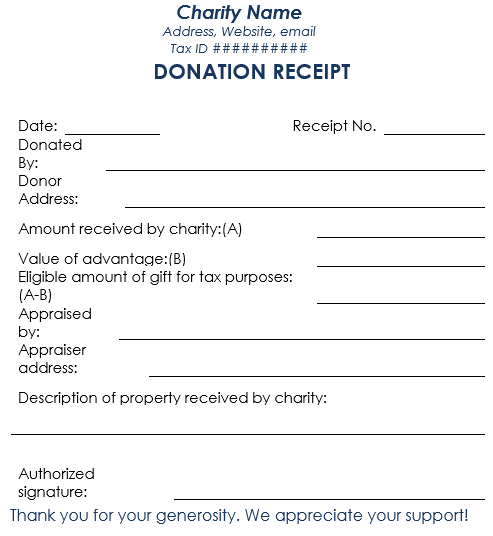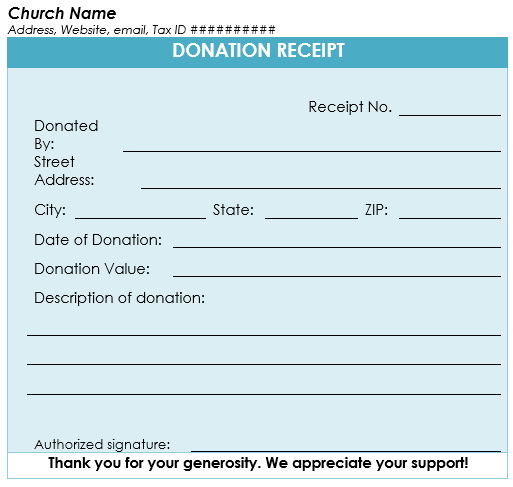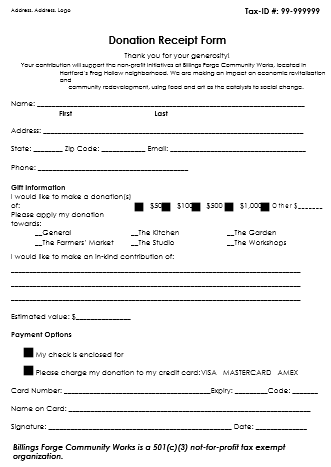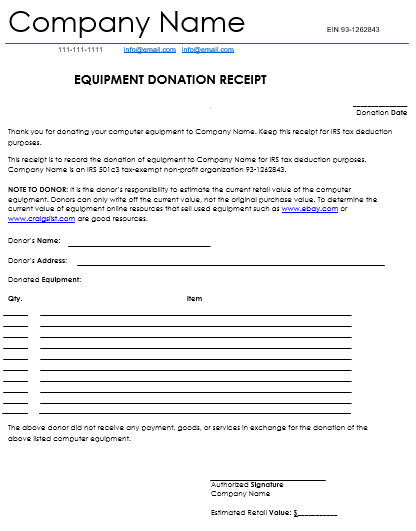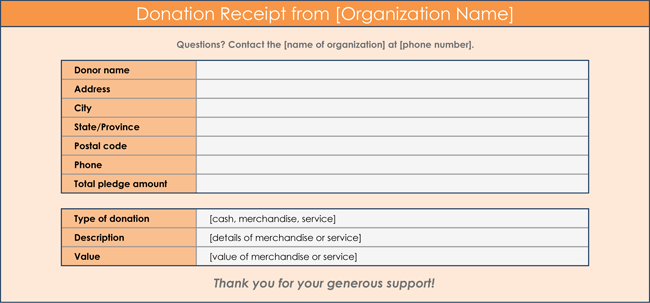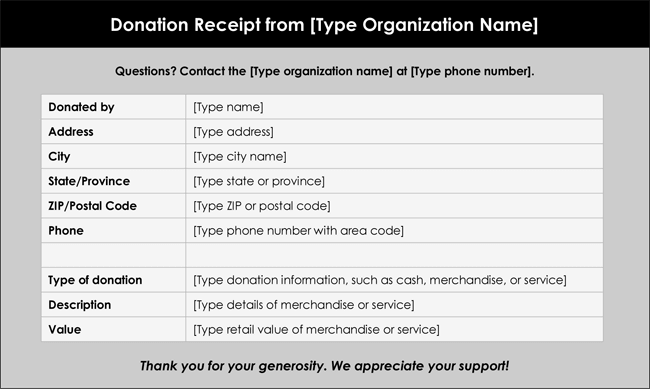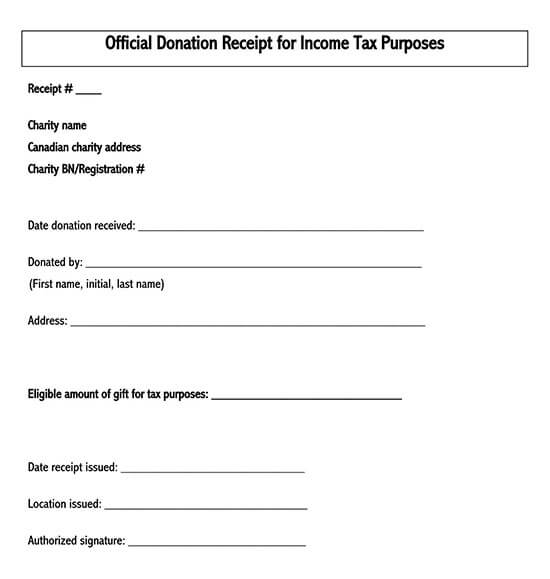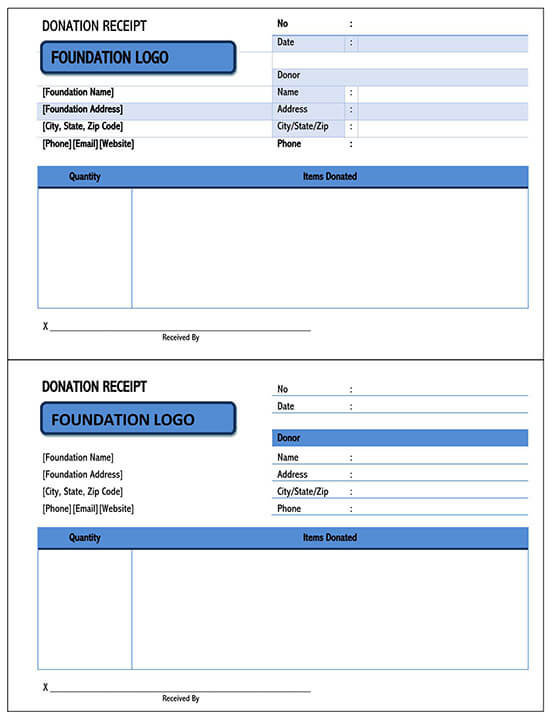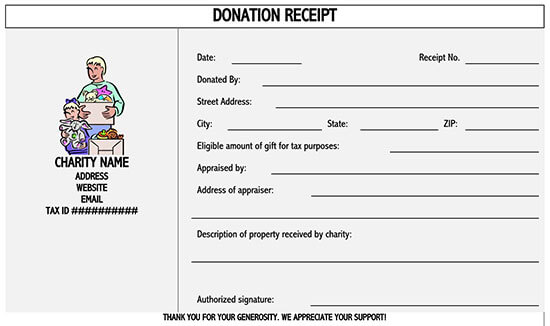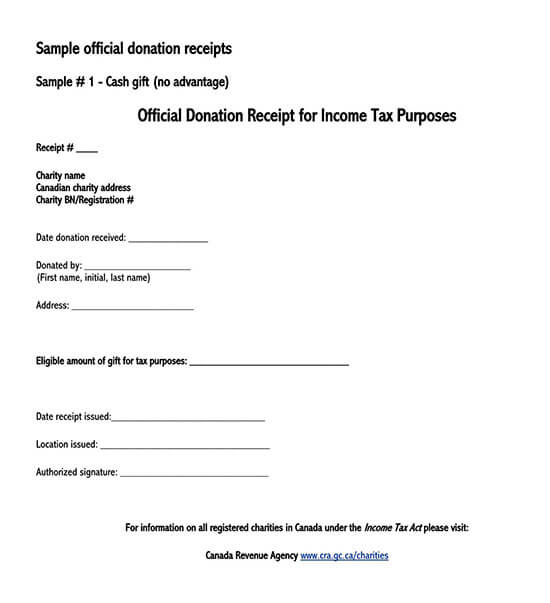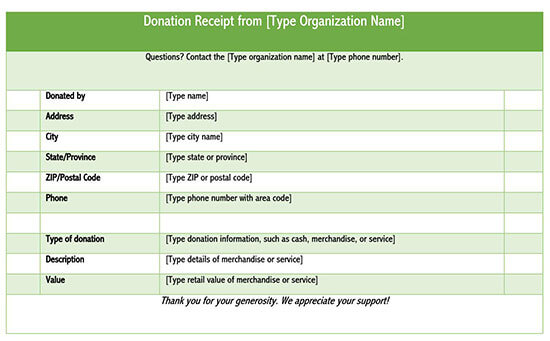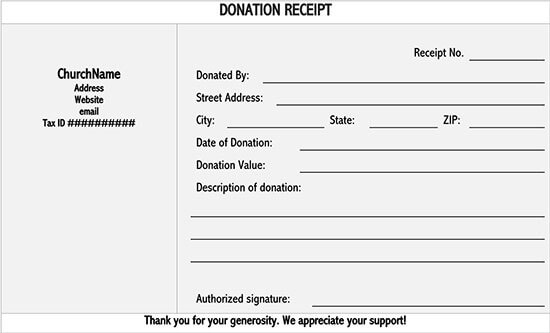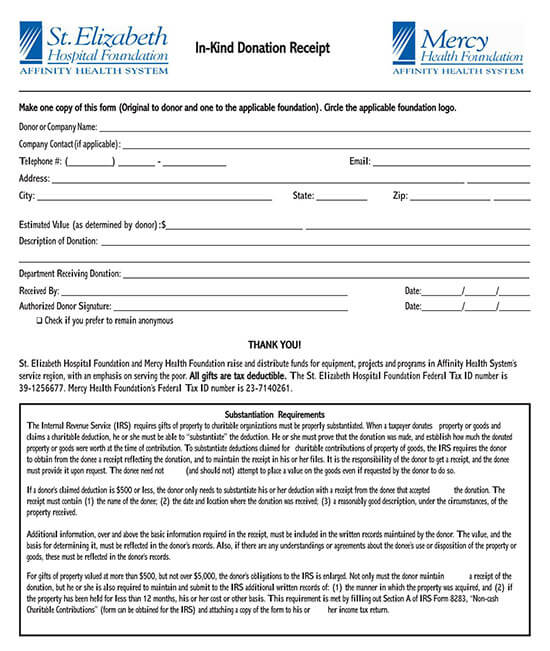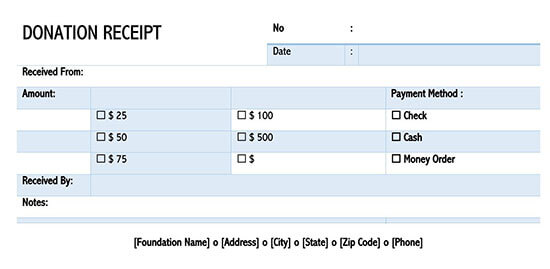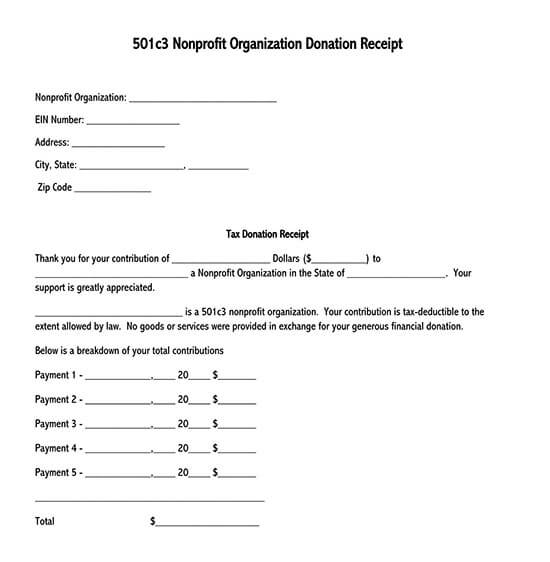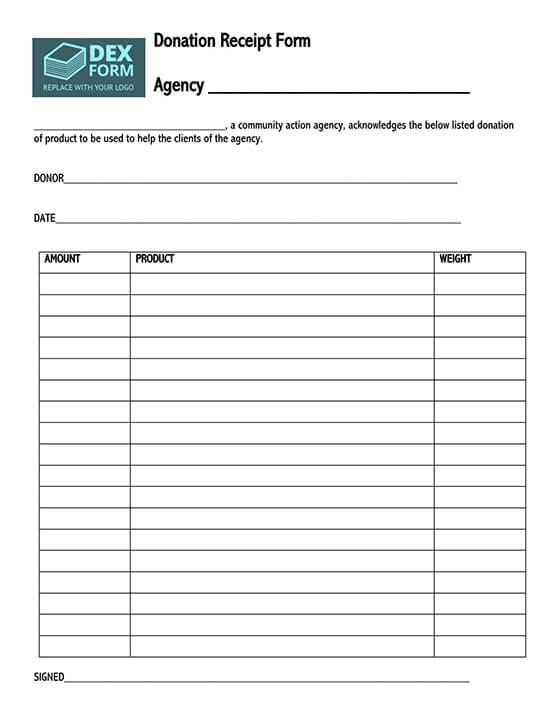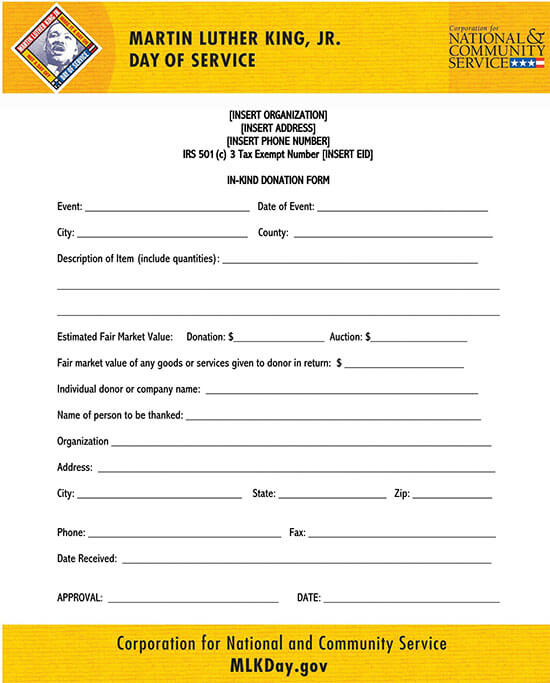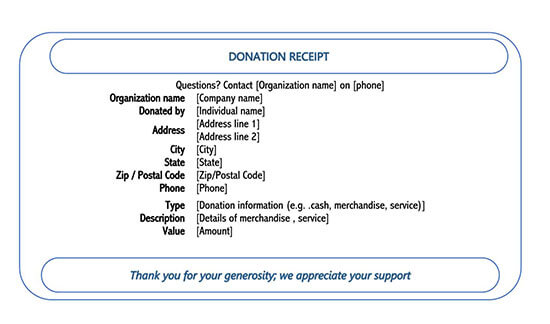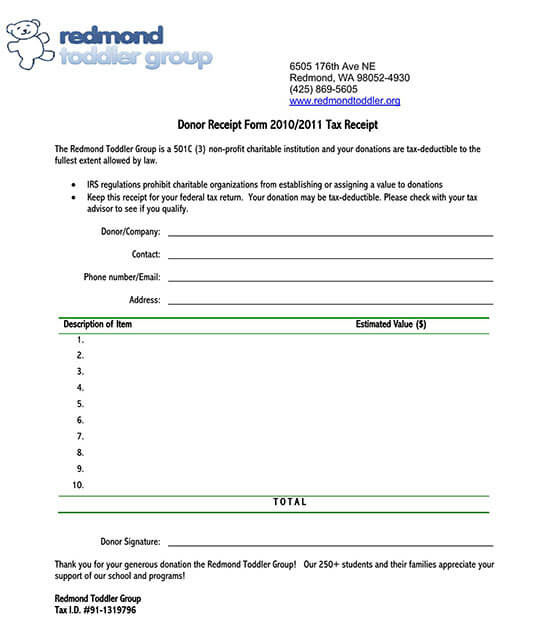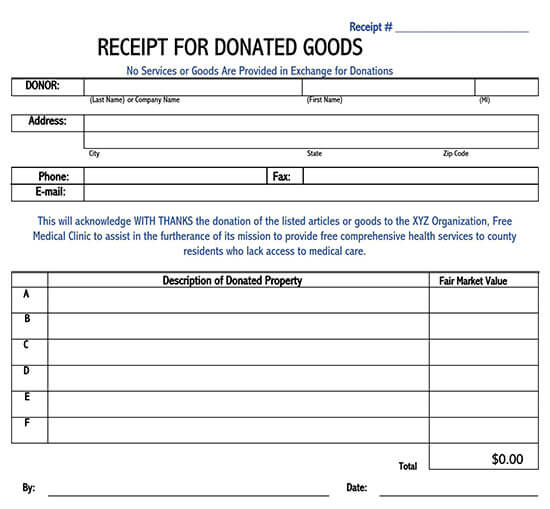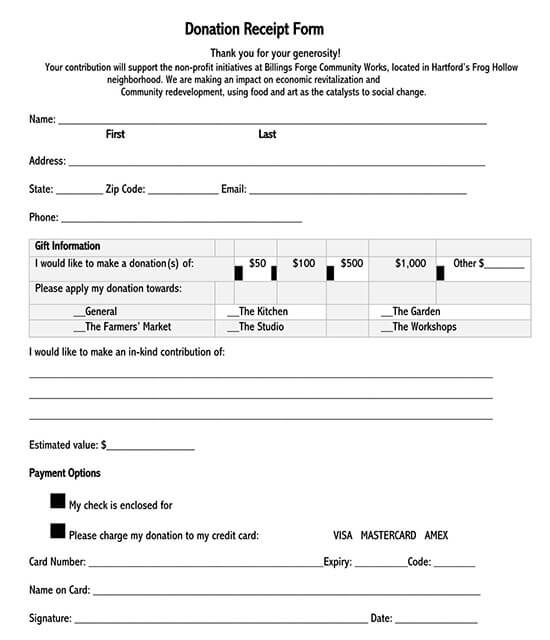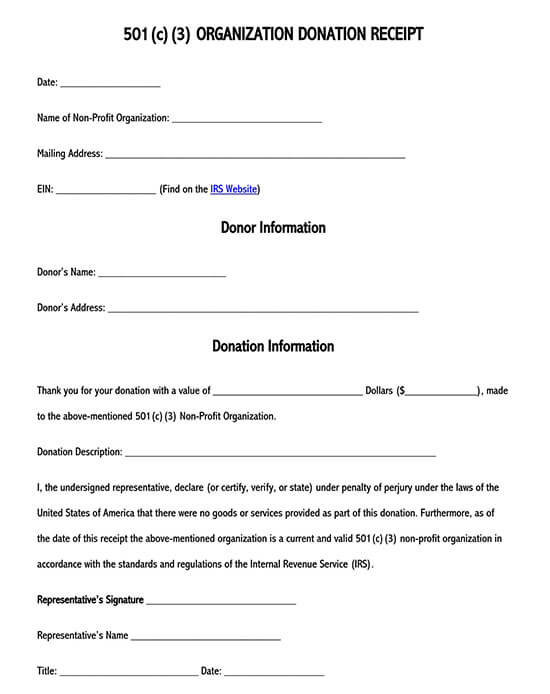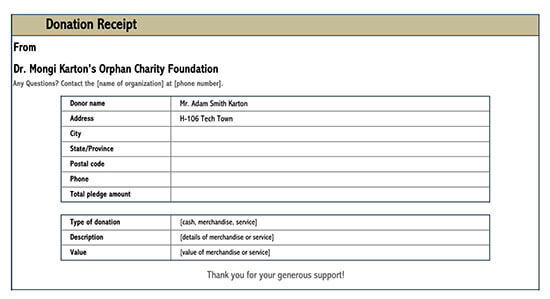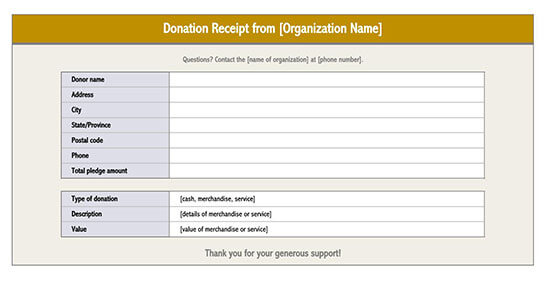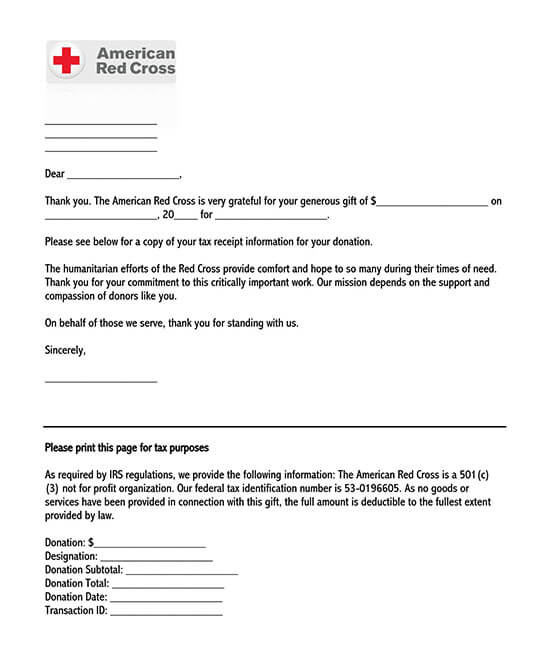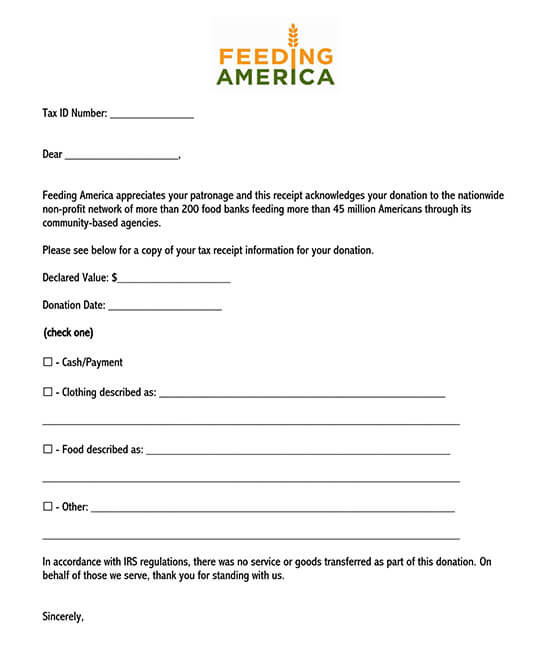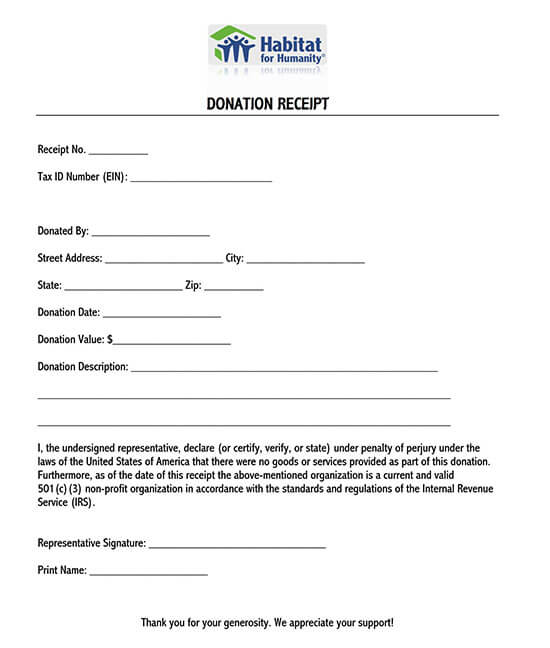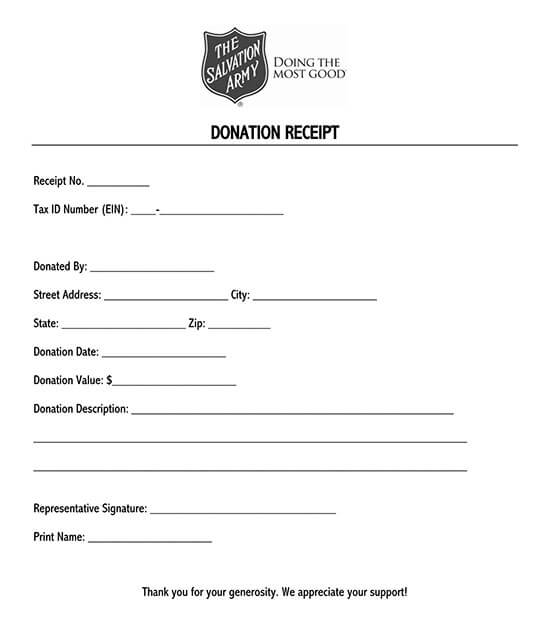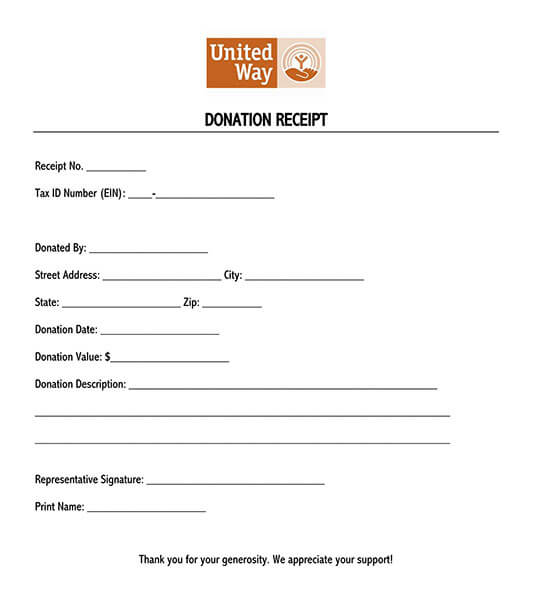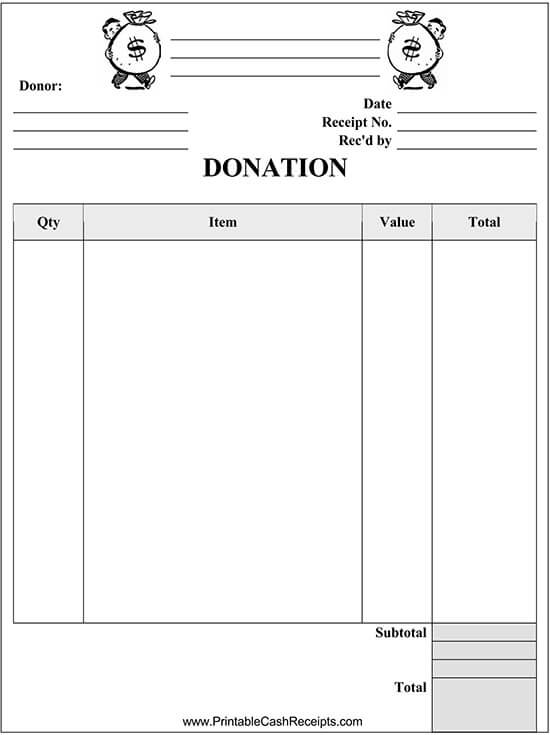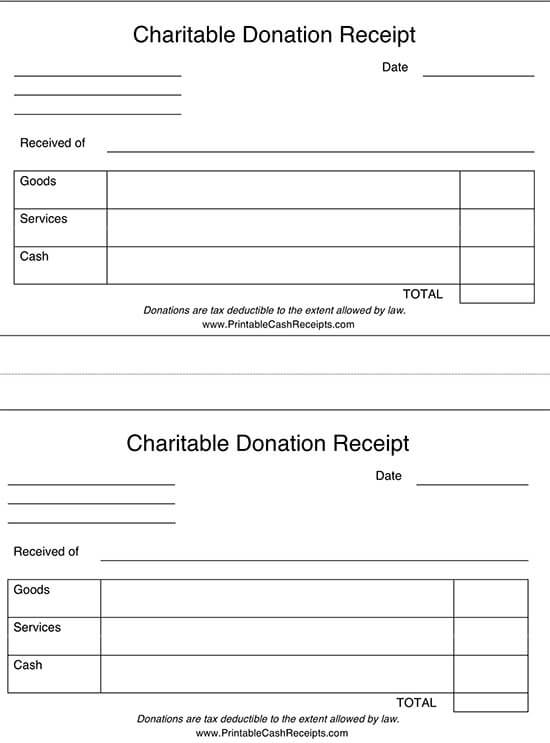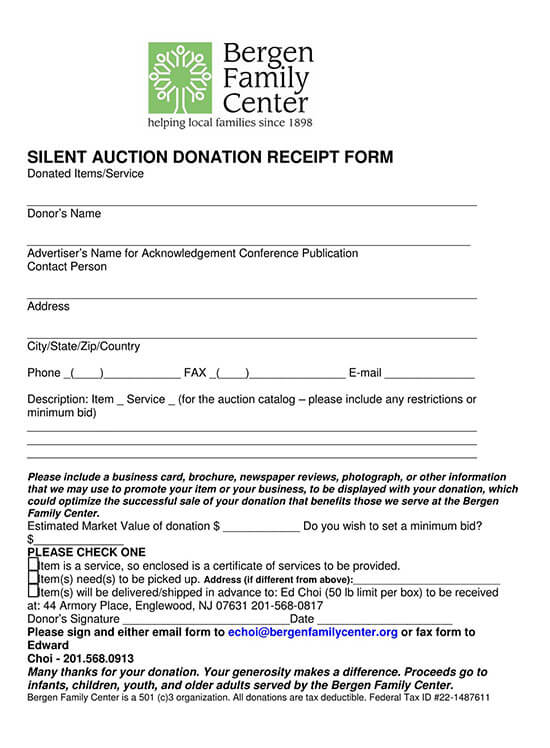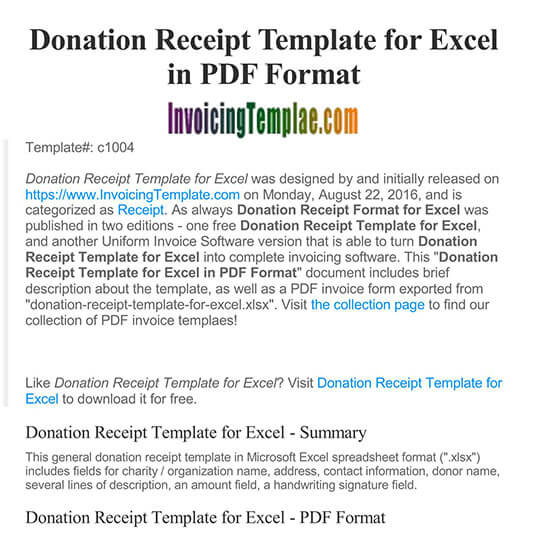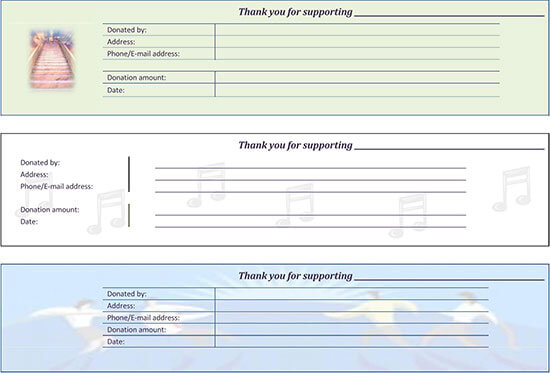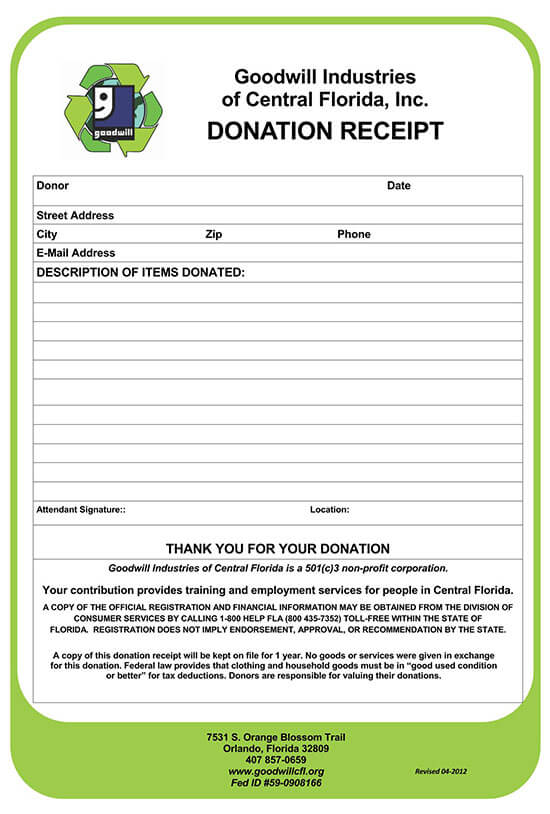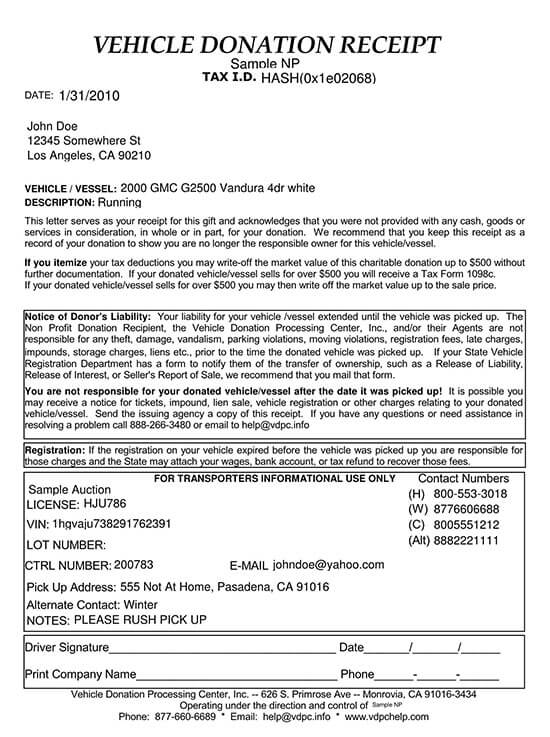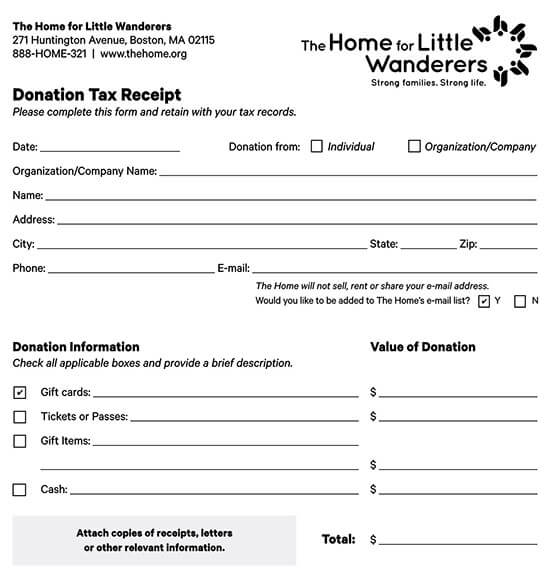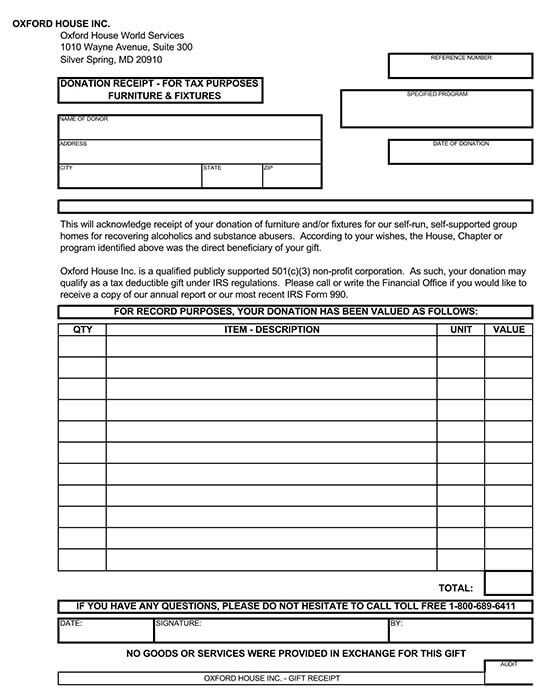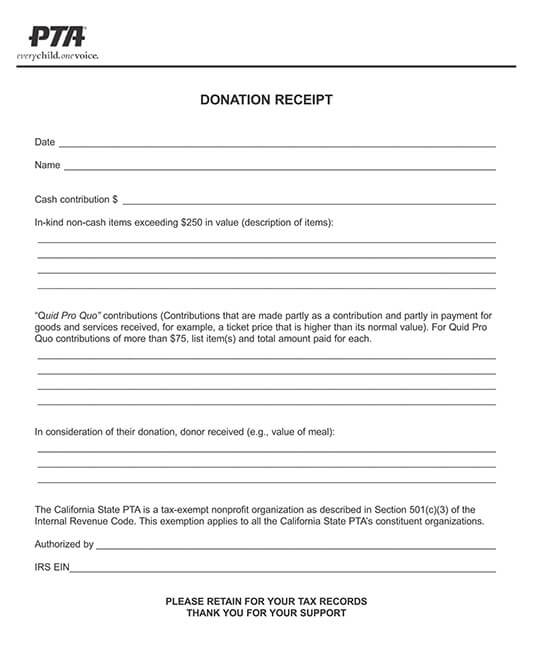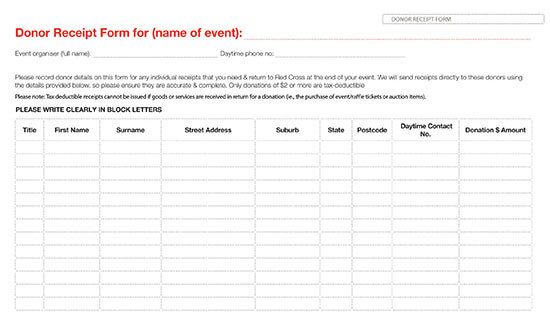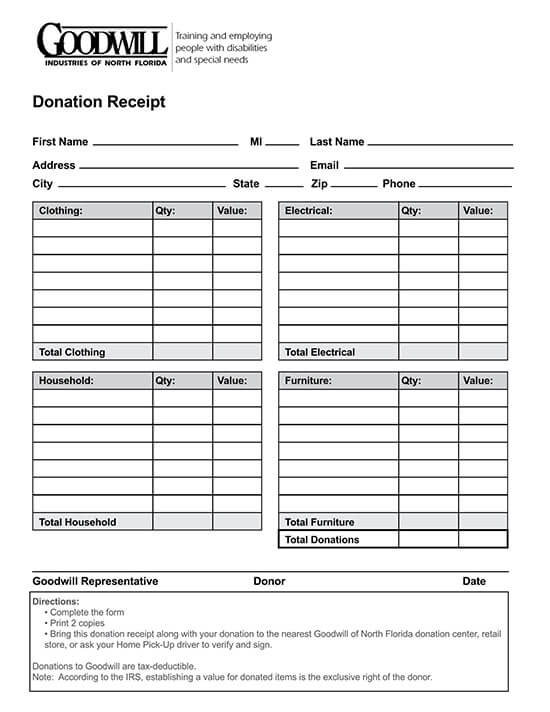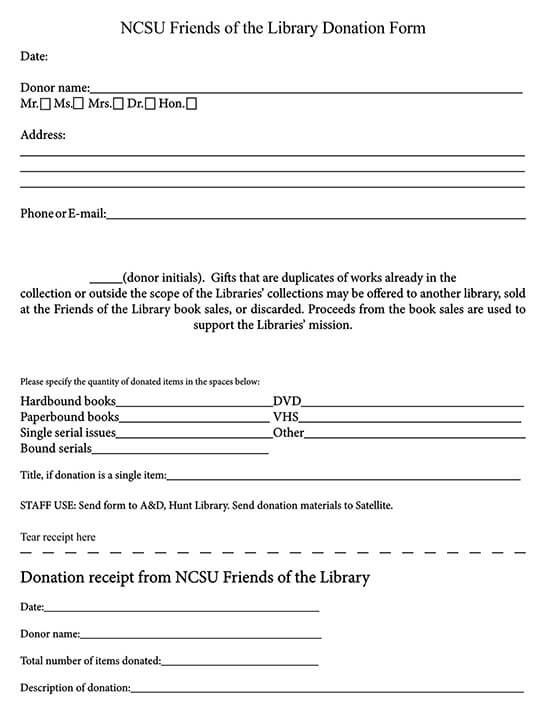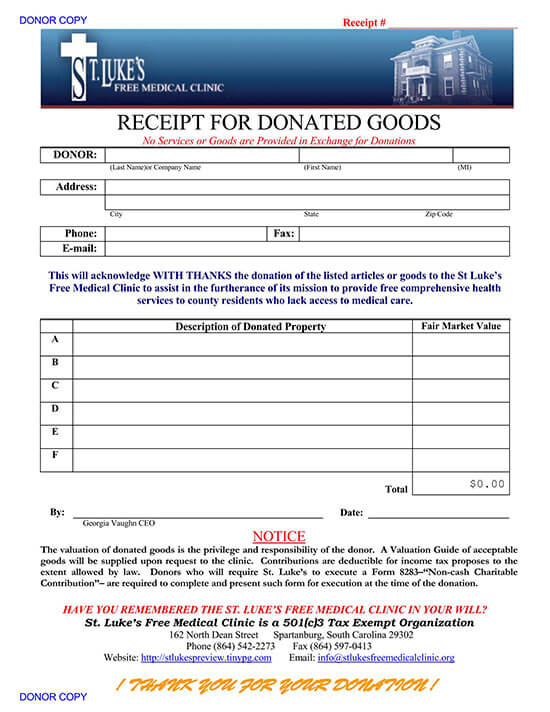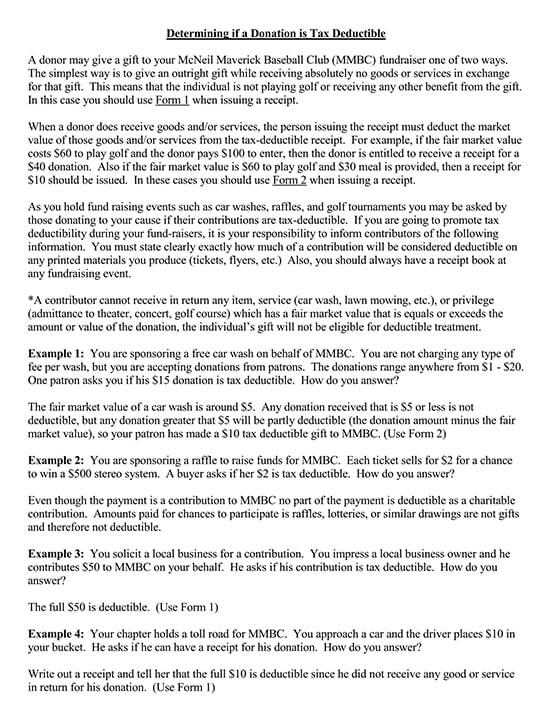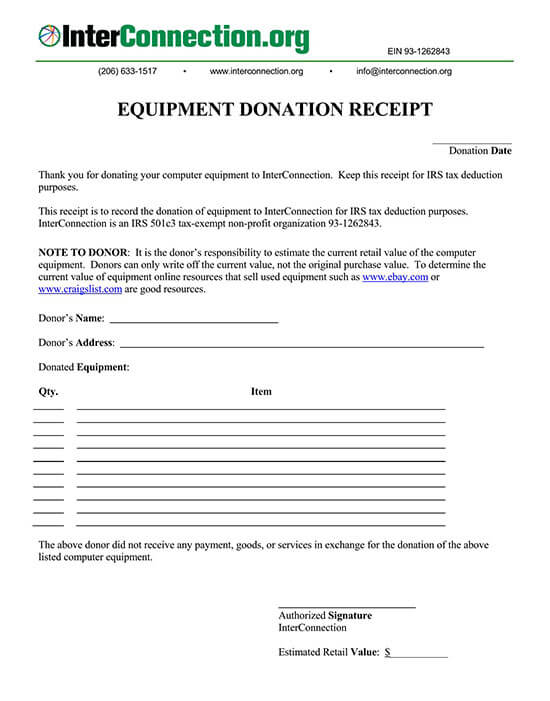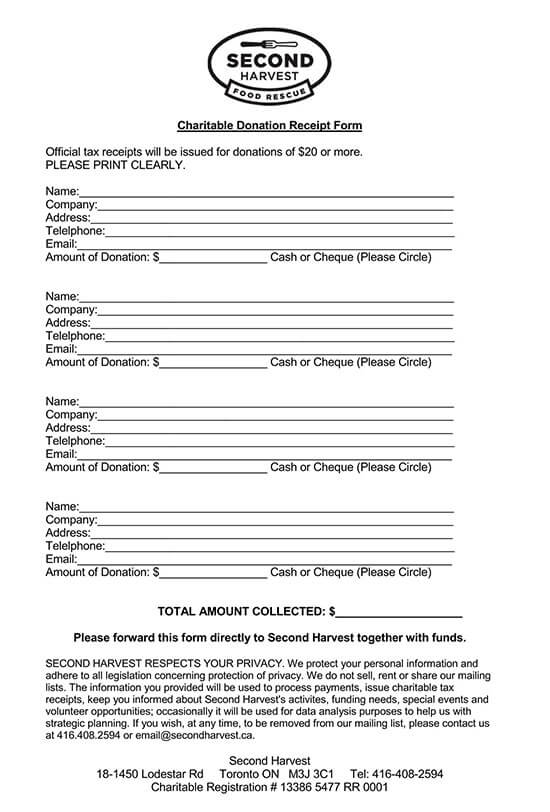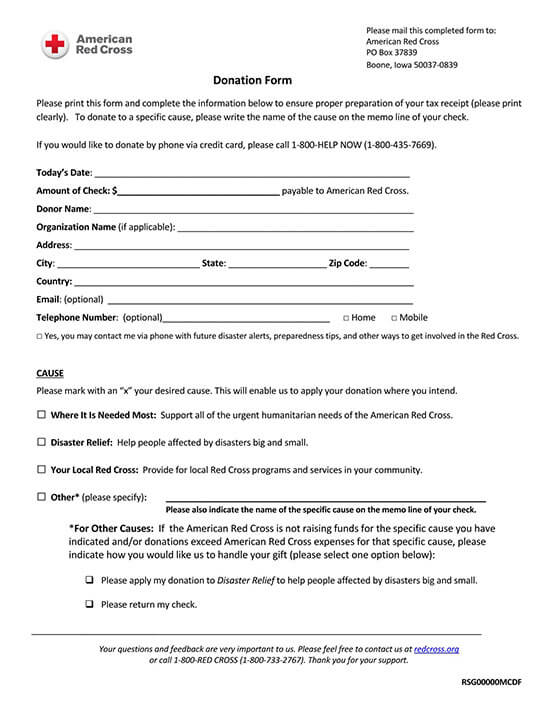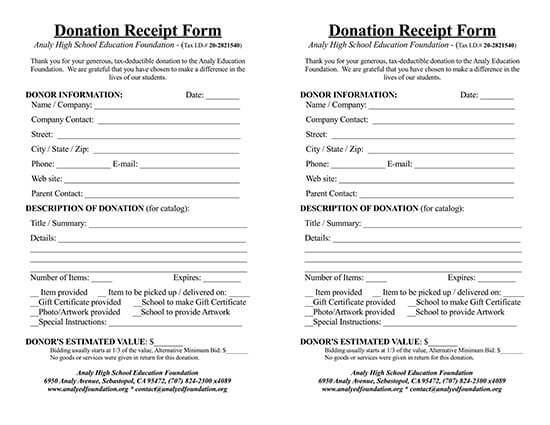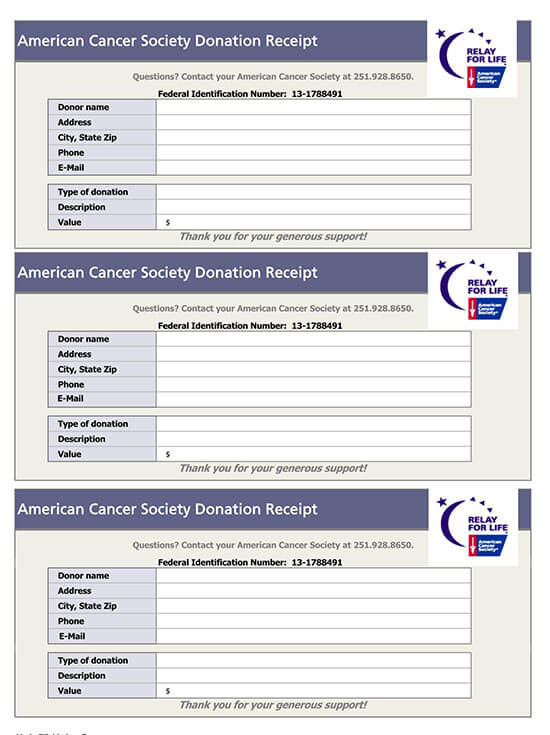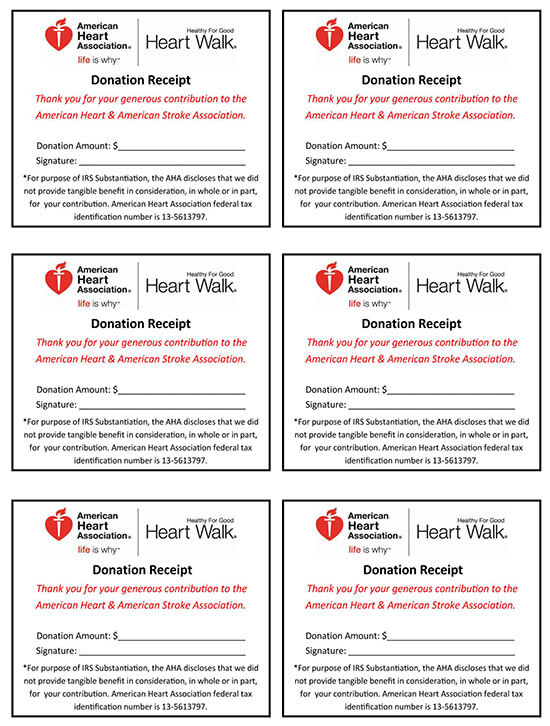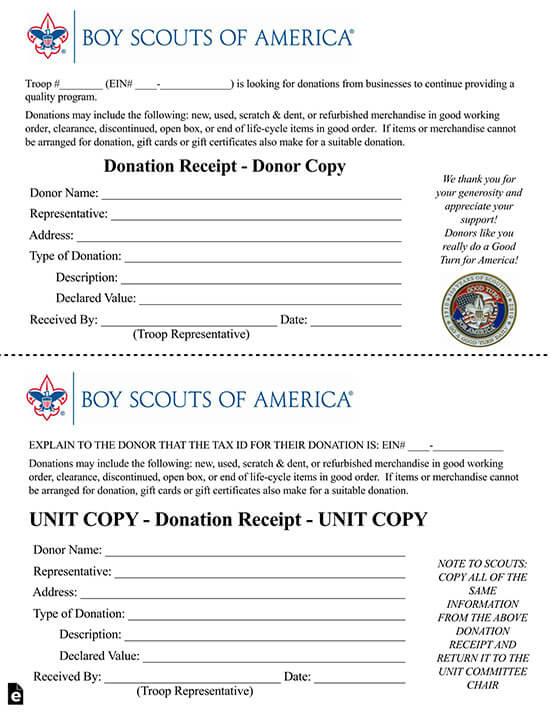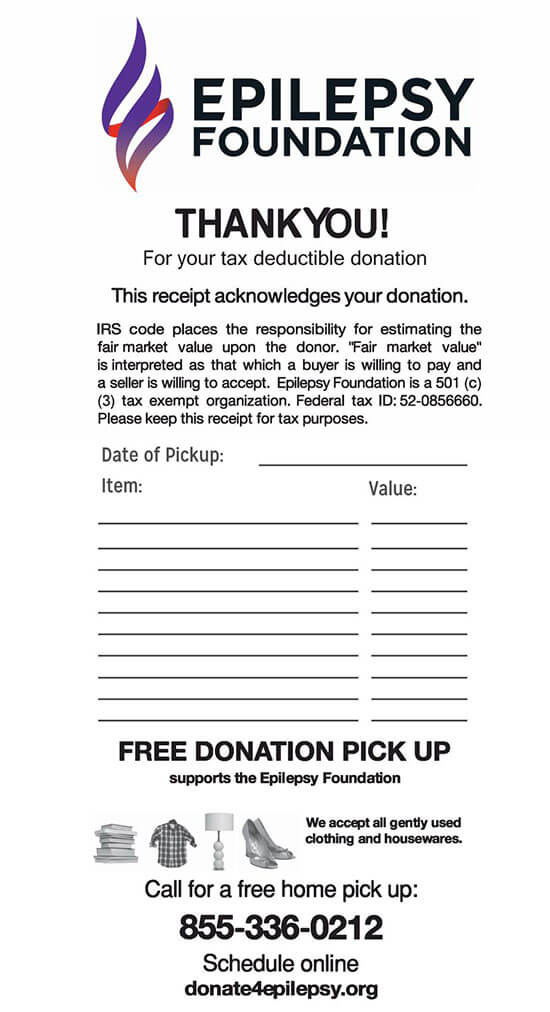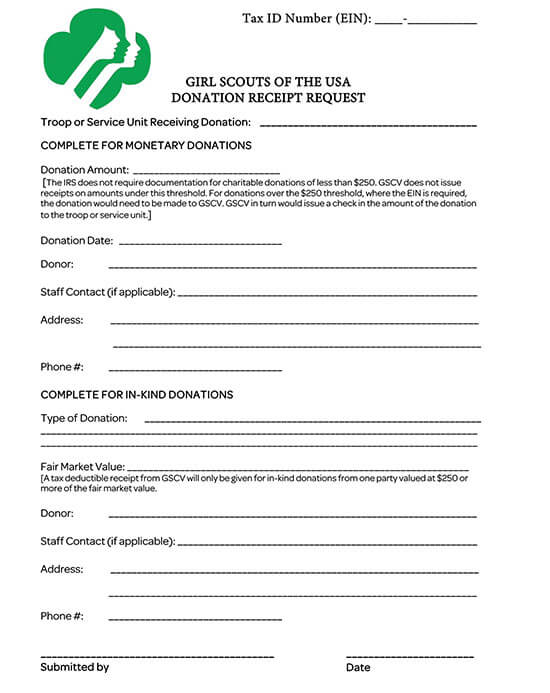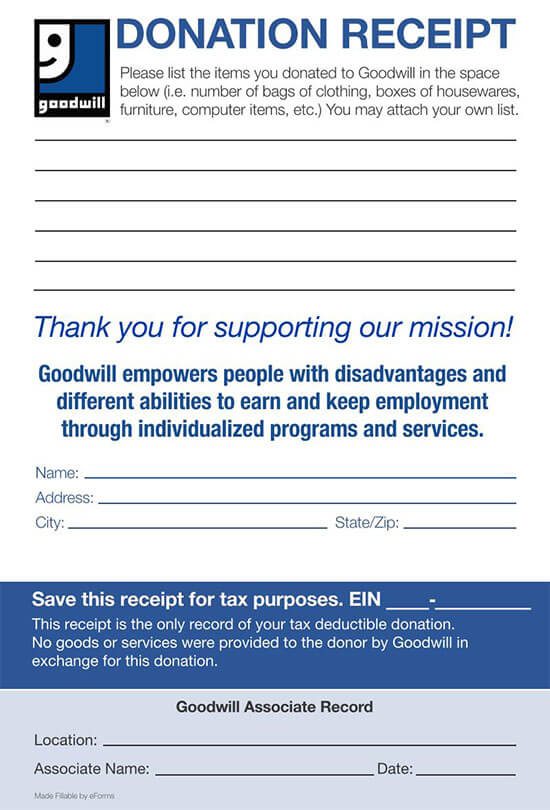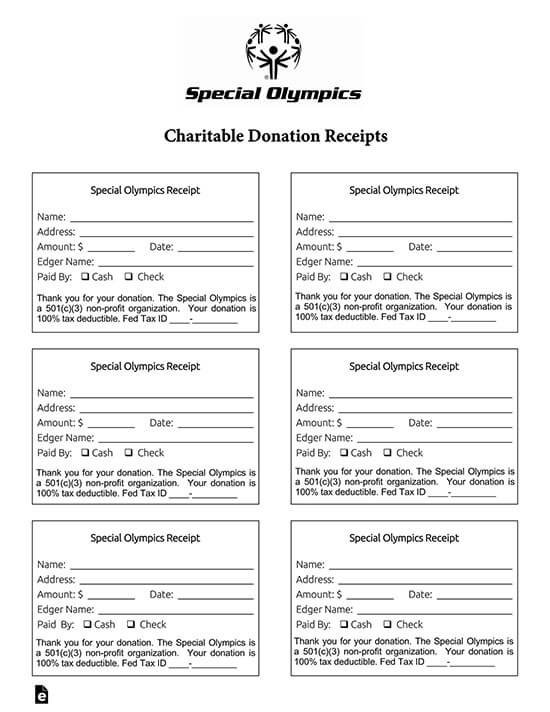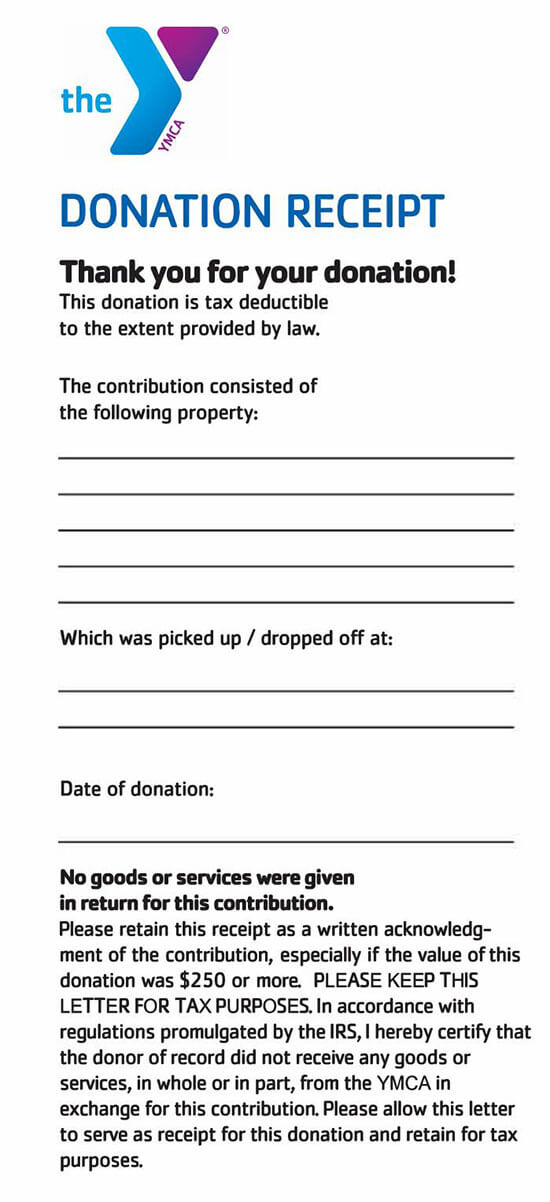When accepting donations, there are various requirements that your organization needs to meet in order to be compliant with the rules of your area. One requirement is that you give donors a Donation Receipt, also known as a 501(c)(3).
What is a Donation Receipt?
A donation receipt acts as a written record that a donor is given, proving that a gift has been made to a legal organization. These receipts are also used for tax purposes by the organization. In the USA, only 501(c)(3) registered charity can be considered as tax-exempt, such as private foundations and public charities. As a donor, the organization must be exempt when you make a contribution in order for the donor to claim a donation as tax-exempt.
What Details Need to be Included on a Donation Receipt?
While donation receipts will vary from one organization to another, there are key things that the IRS requires to be on a donation receipt.
Donor and charity name
The name of both the charity and the donor needs to be on the receipt to start. While not required, charities may also include their address and EIN (Employment Identification Number). It is required that the donor has the address of the charity for tax purposes, so it’s best to include this in order to make sure the donor has what information they need without having to track that down when it’s tax time.
Date
The IRS also requires that the donor keeps a record that shows the dates of any contributions they have made. While it isn’t a legal requirement for the charity to do so, it makes it easier for both parties to have the date on the donation receipt. It can be used as proof of the donation should the donor not have other proof, such as a canceled check, credit card statement, or bank statement that shows the donation was made.
There can be some confusion regarding what date to use on donation receipts, especially when a donor has mailed in their contribution. If you are sending the donation as a check through the post, the date postmarked on the envelope is used. If the donation was made using a credit card, the date that the charge was made to the card is used.
Description
With donations made in cash, the conation receipt should note that cash was received. For donations that are not cash, you will need to provide a bit more detail regarding what has been donated. Such as books or clothing.
Contribution amount
The receipt also needs to list the amount that was donated. For cash donations, you simply list how much cash was given. For noncash donations, the items description is given but not the value of the item. It is the responsibility of the donor to have an item appraised for its value.
Required statements
There are statements that are required by the IRS when creating a donation receipt in order for it to be accepted as a tax deduction.
The first is a statement of whether any goods or serviced have been provided or not in exchange for the donation being made. If the charity is providing a benefit that is not tangible, such as religion-related, then the statement should say that the charity had provided the donor with intangible religious benefits.
In cases which the charity has given the donor something in exchange for a contribution, it is required that the donation receipt gives the details of this exchange. This is referred to as quid pro quo.
It must also be stated that contributions used for tax-deductible purposes is limited to the excess of funds contributed to the value of the services or goods that the charity has provided. This is used in situations where the value of goods and services is so low that they are not required to be reported by the donor.
Why are Donation Receipts Needed?
Donation Receipts are important for businesses and individuals who donate to an organization for a number of reasons.
For the donor:
- They are a written record of charitable contributions made so that they can be deducted from the donor’s taxes. Tax-deductions cannot be claimed without a donation receipt
- It’s a way for donors to keep track of their budget and finances.
For the organization:
- When issuing donation receipts for tax-deduction, it can encourage people to donate, which helps the organization with funding.
- It allows the organization to track donation history for accounting purposes.
When is a Donation Receipt Required?
It’s always best practice to issue donation receipts in order to build a lasting relationship with donors in the future. By not issuing a donation receipt, the donor is unable to claim the donation as a deductible, and they may choose not to donate again. It also shows the donor that your organization appreciated the contribution of the donor.
In the US, it is required that an organization gives a donation receipt for any contribution that is $250 or more. This can include cash donations, personal property, or a vehicle. If a donor wishes to claim the donation on their taxes, they will need to provide a donation receipt as proof.
Many organizations will send an annual statement to donors listing all donations that have been made.
You can download one of our free templates or samples to get a better idea of what a Donation Receipt should look like.
How to Write a Donation Receipt that is Tax-Compliant
A donation receipt can be rejected by the IRS if the information needed is not provided. Regulations regarding donor receipts are:
- A donor has to have written communication from the organization they have donated to, or have a bank record of the donation in order to claim any charitable contribution on their tax returns,
- It is the donor’s responsibility to obtain a donor receipt for contributions of $250 or more if they wish to claim the donation.
- It is required that a charitable organization gives the donor a donation receipt if the donor was provided with goods and serviced in exchange for any payments that are over $75.
Free Receipt Templates
Tips Regarding Donation Receipts
If you want to keep on top of your donation records, there are some tips to help make the process easier.
Keep copies
Be sure that you have a good system in place for tracking donations. It’s important to keep a copy of any donations made. This can be done digitally or as a physical record.
Use a donation ID
Another way to help keep your records organized is by assigning a unique number to each donation made. By doing this, you can find your receipts quicker.
Consistent formatting
Always be consistent with your donation receipt formatting, her it is a handwritten receipt or an online receipt. If you have too many formats, it can get confusing when you have to look for a specific donation.
Always say thank you
If you want to build a good relationship with your donors, it’s important to let them know how much you appreciate their contribution. You can do this by sending a thank you letter, either with the donation receipt or on its own. By showing your appreciation, you are building a feeling of goodwill between your organization and the donor.
Be clear about tax-deductibles
It’s important that you know what is tax-deductible for the country that you live in. Make sure you keep on top of any changes through your county’s government website to ensure your donation receipts are compliant.
When Should Donation Receipts be Issued?
Some organizations will issue donation receipts at the end of the year, while others will issue them straight away. While both are effective, there are pros and cons to each.
Issuing straight away
Issuing a donation receipt straight away gives you the opportunity to make the donor feel that your organization is very responsive and on top of things. This is important for building a good donor relationship. The only downside is that it is more time consuming, and receipts can get lost through the year.
Issuing at the end of the year
By issuing a donation receipt to all donors at once, you reduce the amount of paperwork and time needed. It also provides one record of all donations made by a particular donor, which saves time as well. Your donors won’t have to worry about hanging on to, or losing receipts through the year.
FAQs
What is an official donation receipt?
An official donation receipt is a document that provides the donor with an itemized list of how their donation was spent. The donation receipt may be issued by your charity, organization, or group to document the receipt of a donation. This document provides information about the transaction, such as the date and amount of donation, who received it (e.g., organization name), and any other explanations for why it is presented (e.g., “in honor of”) or a title of the organization.
Who can issue donation receipts?
Any organization, group, or individual that receives a donation can issue a donation receipt. This document should be issued to document the transaction that took place so that they can later account for the money and provide an itemized list of how it was spent.
Can I email a donation receipt?
Yes. However, it is crucial to consider the limitations of the format of your email. Just like in a written donation receipt, you should be able to see how much was donated and who received it. You can create a PDF or Word document from your email and fax or mail it.
When should a charity issue a donation receipt?
A charity should issue a donation receipt once it receives a donation. A written donation receipt can be used to track your organization’s revenue and accounting purposes for the IRS. It will also be helpful to give to potential donors, so they know that their donation was received and will be used for charitable purposes.
